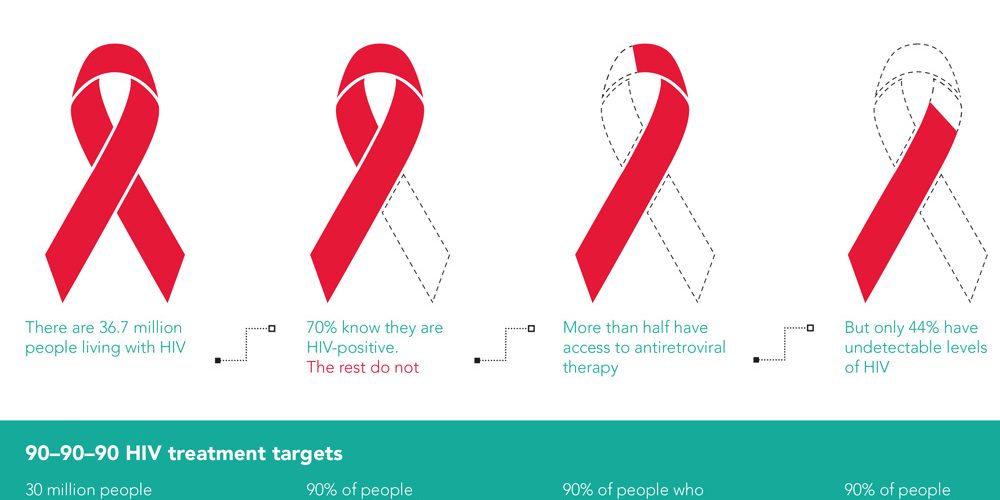New survey findings are showing a shift in the HIV burden in Uganda from the young people to middle and older age individuals.
The Ministry of Health has released preliminary findings of the Uganda Population-based HIV Impact Assessment (UPHIA) survey showing a decline in the prevalence of HIV in all age groups, except among older individuals aged 50 to 54 and 60 to 64.
The survey which is done every after five years indicates that prevalence is now 5.5% a slight decrease from the 2016/17 survey which estimated prevalence at 6%.
Speaking during a press conference on Thursday, Health Minister Dr. Jane Ruth Aceng said epidemiological data is showing them a shift of the HIV burden from young adults to older age groups noting that on a positive note older adults are adhering to treatment and therefore living longer but with reduced risk of transmitting.
In terms of viral load suppression, 93.5% of HIV-infected women aged 45 to 54 years of age were suppressing the virus compared to 91% of HIV –Infected men aged 55 to 64 years. The survey was conducted in 11,130 households across the country between February and March 2020 before being paused because of the COVID-19 pandemic and then resumed between October 2020 and February 2021.
The survey teams conducted HIV tests on all participants and unlike previous surveys, the Ministry this time excluded children under 15 years of age and hepatitis B whose estimates were also checked in the previous survey.
The new data shows prevalence to be 7.2% among women and 4.3%, among men which translates to 1.3million Ugandans living with the virus. The prevalence of HIV in adults 15 years and above was higher in urban areas at 7.1% compared to 5.2% in rural areas.
Aceng, however, says the magnitude of prevalence considerably varied across regions where South Western Uganda, Mid north, and Masaka region have the highest infection rates at 6.3%, 7.6%, and 8.1% respectively. Karamoja has the lowest rates at 2.1%.
American Ambassador Natalie Brown expressed concern that 20% of the people living with the virus are still unaware of their status despite efforts into not just awareness but other HIV prevention programs.
The survey was funded by the US government under their President’s Emergency Plan for AIDS Relief (PEPFAR) program which has also contributed to prevention initiatives such as male circumcision, provision of Anti- Retroviral therapies, and programs aimed at preventing mothers from transmitting HIV to their babies.
She said they support UPHIA surveys to help them determine how efforts like these have yielded results towards curbing the AIDS epidemic. Some progress was specifically seen in the area of safe male circumcision whereby preliminary results show an increase in men seeking circumcision from 42.5% in 2016 to 57.5% in 2020/2021.
However, the ministry didn’t reveal results on incidence, behavioral indicators, and other issues captured in the survey. Aceng said full results will be released later, although she wasn’t specific on when.



